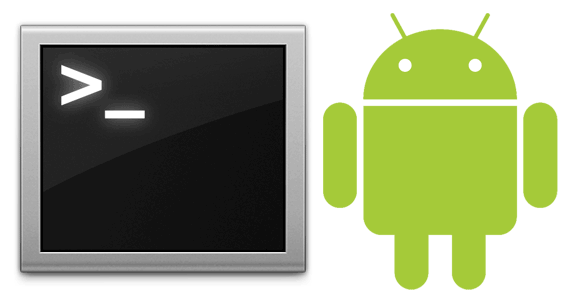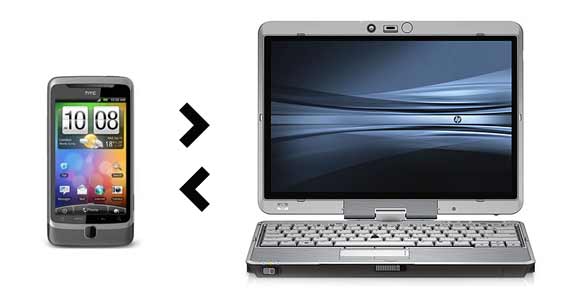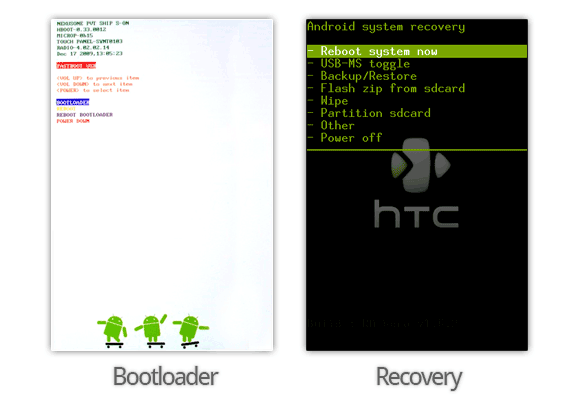Inna - Hot remix
Sonique - Sky

adb devicesList of devices attached
HT999KF99999 deviceadb -s HT999KF99999 [...]adb shell setprop service.adb.tcp.port 4444
adb tcpip 4444restarting in TCP mode port: 4444adb shell getprop | findstr ipaddress[dhcp.tiwlan0.ipaddress]: [192.168.0.3]adb connect 192.168.0.3:4444connected to 192.168.0.3:4444adb usbadb push c:\texto.txt /sdcard/texto.txt
adb pull /data/app/com.emezeta.budaphone.apk c:\adb logcatadb logcat dalvikvm:D *:Sadb logcat -v processadb logcat -v timeadb install aplicacion.apkadb install -r facebook.apkadb install -s angrybirds.apkadb uninstall com.emezeta.mzsprayadb rebootadb reboot bootloader
adb reboot recoveryadb remountadb shelladb shell [comando]adb shell df -hadb shell ls -lh /
Other Tutorials you might like:
also checkout this free PXE software from Aomei Technology - easy to setup up but only supports one boot image at any one time. (thanks to 'Jack' for the heads up on this one!).
Introduction
A new utility has just appeared which makes installing Windows XP, 2003, Vista, Win 7, Win 8 or Win 2K8 via PXE very easy!
It is called Serva and can be found here. It does NOT require the Windows WAIK to be installed and is quite a small download - with it you can set up a RIS and WDS server on your Windows PC and you don't need to even touch any existing DHCP server or router!
The instructions are easy to follow, but here is what I did to get PXE booting and a Windows 7 install going in just 5-15 minutes!
Note: proxyDHCP PXE booting is explained here: http://blogs.technet.com/b/dominikheinz/archive/2011/03/18/dhcp-amp-pxe-basics.aspx My Setup
I have a typical home network - an ADSL router which has four Ethernet ports (and a wireless aerial) and a Windows 7 PC. The target PXE boot PC was an Asus netbook.
Windows PC <------> Dlink ADSL router + 4 port hub <-------> any other PXE-boot capable computer
(Win 7 + Serva PXE & TFTP Server) (PXE client)
 <-- color="#9900ff" font="" size="4">----------------> <-- color="#9900ff" font="" size="4">----------------> |
 <------------------>
<------------------> 
 AMC’s show is fictional, but it turns out, there is a true life story that is similar to this course of events, and it led to the creation of one of the greatest technology companies of all time, Compaq Computers.
AMC’s show is fictional, but it turns out, there is a true life story that is similar to this course of events, and it led to the creation of one of the greatest technology companies of all time, Compaq Computers.It was one of those things that I literally felt a chill down my spine. The idea came together because it was really a combination of things that made it work. The idea for a portable computer–there were a number of those already in the market–the only reason we were actually even looking into that area was because (…) the first idea we had had, the venture capitalists decided not to fund it.(…)The morning of January the 8th, 1982 (…) I was going over the idea of a portable computer. How could we make one that was differentiated enough to make it worthwhile? (…) Not being able to get software developed for it was a killer. (…) Every computer ran different software. There were literally somewhere close to 300 different computer companies making new computers at the time. (…) That morning, the idea hit me that, what if we could make our computer run software that already was out there? That is, run the software for the product that was getting the most software and always getting the software first when the new one came out, and that was the IBM-PC.
Because IBM had done something they had never done before, which was bring a computer to market that wasn’t just totally protected from the copying standpoint. We didn’t want to copy their computer! We wanted to have access to the software that was written for their computer by other people.
We couldn’t have done it if IBM hadn’t done exactly what they did because nobody else… Apple certainly wouldn’t have stood for us to make a product that ran their software. They had enough protection on it to prevent that, as did all the others. IBM–the best one to pick–also happened to be the only one that wasn’t protected and it was because of this sort of strange thing. They didn’t believe much in the market, they just rushed a one-year project to get to market.
There were actually a few companies that went in and just started copying out of the manual and they ended up getting sued and shut down.(…)We knew there was a way to do it. We believed we could do it legally. We didn’t just assume things. We hired the best intellectual property attorneys we could find and used their strict guidance to help us do the reverse engineering very carefully.(…)What our lawyers told us was that, not only can you not use it [the copyrighted code] anybody that’s even looked at it–glanced at it–could taint the whole project. (…) We had two software people. One guy read the code and generated the functional specifications. So, it was like, reading hieroglyphics. Figuring out what it does, then writing the specification for what it does. Then, once he’s got that specification completed, he sort of hands it through a doorway or a window to another person who’s never seen IBM’s code, and he takes that spec and starts from scratch and writes our own code to be able to do the exact same function.
[We had] just a bull-headed commitment to making all the software run. We were shocked when we found out none of our competitors had done it to the same degree. We could speculate on why they had stopped short of complete compatibility: It was hard. It took a long time. And there was a natural rush to get to market. People wanted to be first. There was only one thing for us: we didn’t have a product if we couldn’t run the IBM-PC software. And if you didn’t run all of it, how would anyone be confident enough to buy your computer, if they didn’t know they were always going to be able to run new software? We took it very, very seriously.
We were really almost the magician in the back room guiding it [the industry]. (…) Backward-compatibility, that was the key technology to begin to stop IBM’s advance with their new PS/2. I mean, they sold millions of those. People look back now and say, “Oh, that was a bad idea.” Well, it was viewed as a great idea at the time! And was about to succeed. (…) All the other computer companies were buying licenses from IBM and beginning to build PS/2 compatibles. (…) It [was] gonna be an IBM-dominated and controlled ballgame. We couldn’t accept that.
It’s one of those strange things. We kept it secret because it seemed like it would just muddy the water for our competitors… for Microsoft. (…) There was a lot of interest in, well, let’s give this version back to Microsoft, and let it become their standard. From Microsoft’s standpoint, all of their computer companies that were using MS-DOS wanted a compatible version. (…) We were recognized as by-far the most compatible. So, we were giving Microsoft something their customers were asking for. So, we were able to license back to them… Microsoft does whatever they do with it and gets it ready to become their standard version of Microsoft [sic] and then begins to sell it to all the other computer companies.
Everybody always thinks of intellectual property as building an immovable wall that your competitors can’t come in. And that just wasn’t the way it worked in an industry standard environment. (…) When the industry standard began to develop, it threw a twist into it that nobody really got for a long time. Fortunately for Compaq, we “got it” because we were at the heart of it being created. (…) We were driving [the industry] instead of trying to figure out what was going on around us. And IBM never got that part of it.
You know, a lot of people have asked that question, and it’s hard to put your finger on it. (…) It dawned on me one day that, at the time, of the five companies that at one time had been in the top two or three PC companies… of the top five, three had been from Texas! Apple was from the west coast. IBM from the east coast. But the first one had been Tandy. They were the leader for a while before IBM came along. And then, Compaq came along. (…) And then Dell came along behind us, using the foundation we had built. (…) There’s a certain risk-taking gene almost that runs through a lot of Texans.
I have not looked at the whole episode. I’ve seen the trailer for it. I am gonna watch it. It looks pretty exciting. It may actually be as exciting as the real thing.